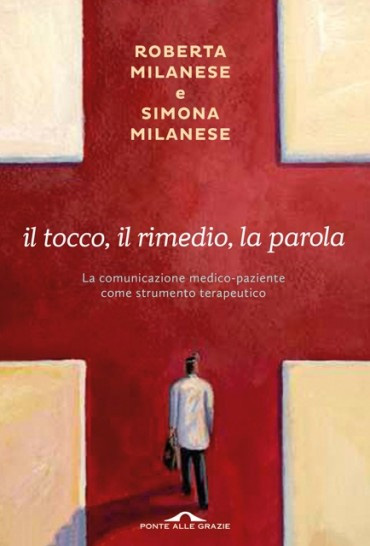di Terapia Strategica diretto dal Prof. Giorgio Nardone



editore: Ponte alle Grazie
eBook
2500 years ago, Hippocrates stated that only “the touch, the remedy, the word” could truly heal. After more than 2000 years, his teaching is still largely ignored. Doctors today have powerful diagnostic and therapeutic tools, thanks to scientific and technological achievements, but, paradoxically, have lost the ability to care. Medical specializations, lack of training in communication, busy schedules and never-ending paperwork, have deprived medicine of its humanity. The authors deal with the different psychological aspects of the doctor-patient relationship: how to increase patients’ compliance, how to take advantage of placebo effect, avoid nocebo effect and limit overdiagnosis, typical of our hypochondriac society.
The authors’ approach is strategic, with an ample variety of suggestions on how to elude therapeutic traps. Good communication increases treatment efficacy directly, improving patients’ quality of life and the health system as a whole. The strategic doctor makes the patient feel better, feeling better himself as a result, escaping the widespread burnout syndrome. For the strategic doctor, “to cure” means caring about the person, instead of the disease.

editore: Ponte alle Grazie
eBook
2500 years ago, Hippocrates stated that only “the touch, the remedy, the word” could truly heal. After more than 2000 years, his teaching is still largely ignored. Doctors today have powerful diagnostic and therapeutic tools, thanks to scientific and technological achievements, but, paradoxically, have lost the ability to care. Medical specializations, lack of training in communication, busy schedules and never-ending paperwork, have deprived medicine of its humanity. The authors deal with the different psychological aspects of the doctor-patient relationship: how to increase patients’ compliance, how to take advantage of placebo effect, avoid nocebo effect and limit overdiagnosis, typical of our hypochondriac society.
The authors’ approach is strategic, with an ample variety of suggestions on how to elude therapeutic traps. Good communication increases treatment efficacy directly, improving patients’ quality of life and the health system as a whole. The strategic doctor makes the patient feel better, feeling better himself as a result, escaping the widespread burnout syndrome. For the strategic doctor, “to cure” means caring about the person, instead of the disease.